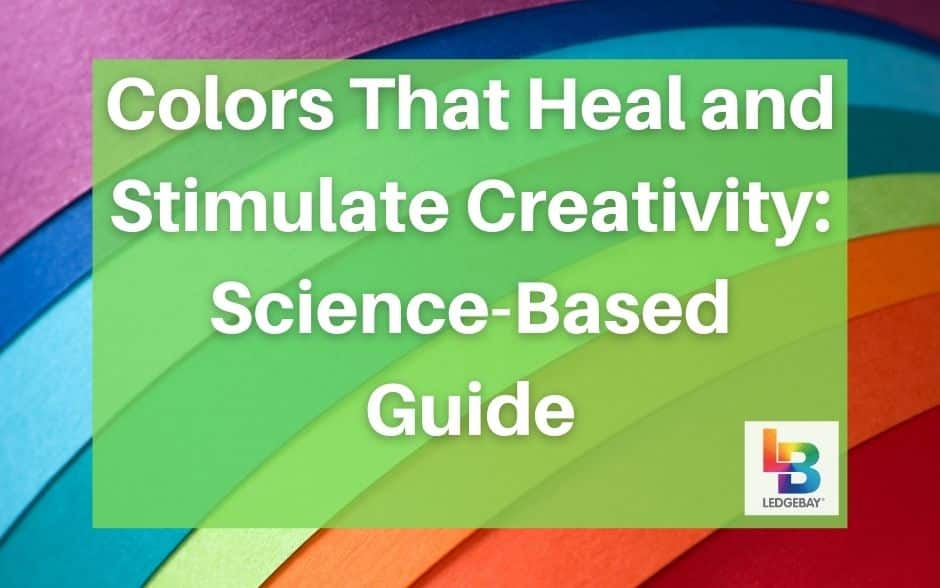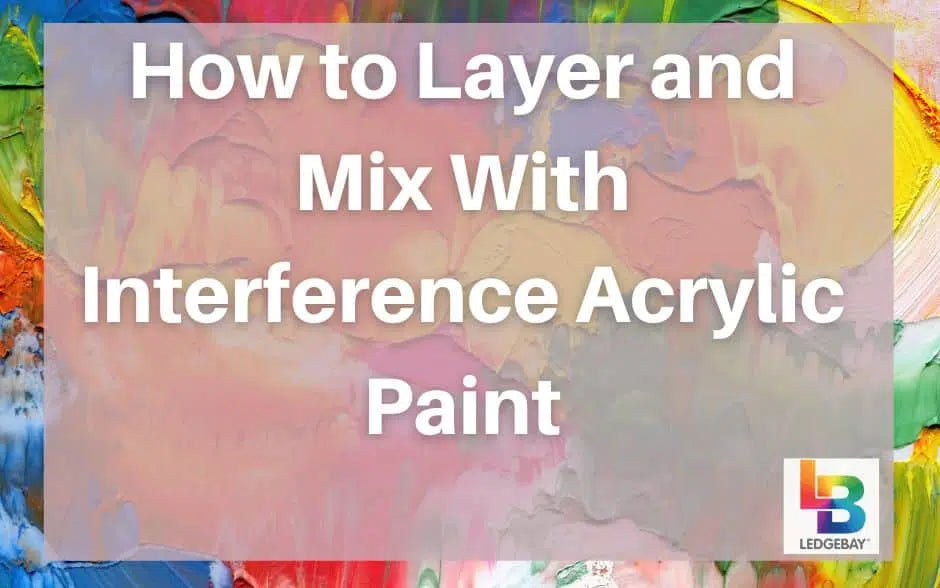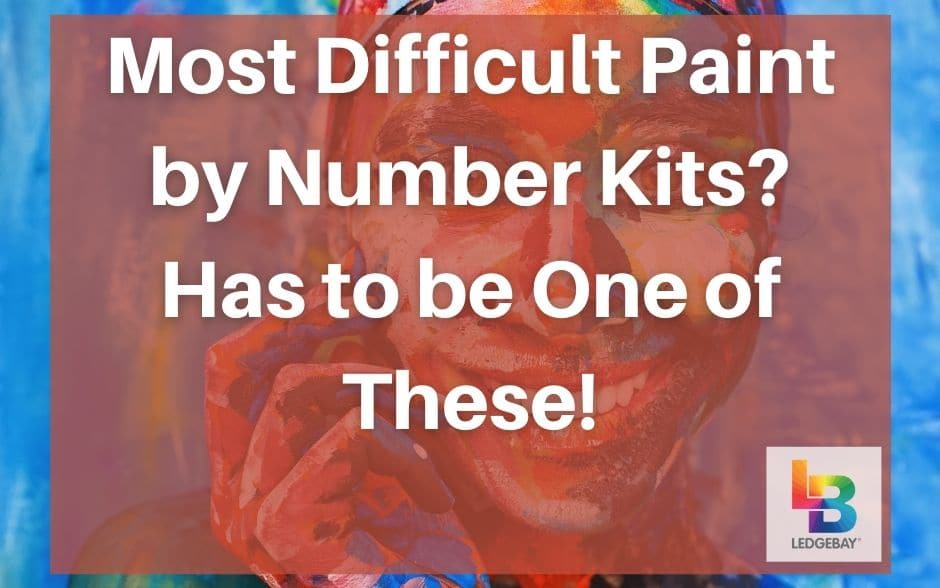Our brains perceive colors with a sensitivity that many of us aren’t even aware of. For example, even though the general mood of dusk and dawn seems quite similar, people tend to become alert at dawn and calm at dusk. That’s because at sunrise the red light gradually decreases and the blue light takes its place. The opposite happens at sunset, where there’s an abundance of red light.The brain senses these transitions , and encodes the chronology of its internal clock. Our circadian rhythm, discerning of seasonal effects, as well as understanding the various states of life around us is highly dependent on our perception of color. In this article, we’ll discuss in detail how this happens, and we’ll list the top colors that heal and calm you down. In addition to what colors can stimulate creativity.
Colors That Heal - How Do Colors Affect How We Feel?
Color impacts many aspects of our lives, and it was used since ancient times for healing, creating mood, impressing others, as well as in many cultural rituals.
According to the theories ofcolor psychology , happiness, sadness, marriage, mourning, and many cultural customs, all have color associations. And they can affect how people feel.
Colors That Heal
Green color has always been associated with renewal, serenity, and growth. Lush gardens, desert cactuses, cornfields, medicinal herbs, and rich forests are all abundant with life and vitality.
[amazon box="B07BG4B16X"]
It’s not surprising then that we associate this color with healing. According to various cultures, green also inspires hope, balance, and harmony.
Colors That Calm You Down
A healthy dose of stimulation drives people to go on adventures, take on projects, and get out of their comfort zones in the pursuit of better experiences. However, excessive stimulation demolishes the body.
Luckily, stress and its negative effects could be reversed. Sitting under a clear blue sky, or beside the big blue ocean are ways to calm a tired soul. Blue could be a bit nostalgic though, and some people feel a little tug at their hearts with too much blue around them.
[amazon box="B07BG31HLP"]
A better option could be the color purple. It’s a derivation of red and blue, and the outcome is a color that gives a feeling of calm and peace. Purple is also associated with wisdom and a realistic awareness of one’s surroundings.
Colors That Stimulate Creativity
[amazon box="B071VSXM8W"]
Orange lies between the passionate red and the optimistic yellow. It’s a color that inspires confidence, success, communication, and supports creative endeavors.
The warmth of this color provides enough stimulation to get the nervous system energized, without pushing it into a stressful state. It also inspires optimism. But unlike the relaxed yellow color, it’s mixed with a need to be productive.
Nervous Colors
[amazon box="B00889ZC6M"]
The color red has always been seen as powerful and warm. It’s the color of blood, vitality, roses, stop signs, and on an exam paper, it signifies a mistake.
The effects of red light waves on the brain vary from one person to the next. To some, it could inspire confidence. While for others, it could be unnerving to the point of anxiety.
A1945 study conducted by Goldstein on the effect of color mentions that placing people affected by Parkinson’s disease in a red room for a long period of time could trigger them negatively. Further observation showed that being surrounded by the green color has a calming effect.
Later, in 1974, K.W. Jacobs and F.E. Hustmyer,observed that a healthy person who stays in a red room for a long time experiences a state of constant stimulation. However, these heightened sensations drop once the subject gets out of the room.
That’s probably why red, and the colors adjacent to it, are used with caution in domestic, commercial, and educational spaces. It’s worth noting that calculated highlights of red in a neutral background could be quite charming. And so is the use of a complementary color right next to it.
How Optometric Phototherapy Uses Color For Wellness
The principle of optometric phototherapy is quite simple. Light waves falling on the retina pass through the optic nerve straight to the pineal gland and hypothalamus of the brain. This triggers a series of responses that affect different components of the nervous system.
Specific light waves are capable of treating visual, psychological, and physiological dysfunctions. They could be even used to energize or calm people as needed.
Here are some of the issues that phototherapy is known to resolve:
- Lazy eye
- Headaches
- Eye turns (inward and outward)
- Eyestrain
- Learning disabilities and lack of focus
- The effects of previous trauma from physical or emotional causes
- Anxiety and depression
- The winter blues, also known as SAD, or seasonal affective disorder
- Faigue, inflammation, and pain
Colors That Heal - Understanding the Nervous System
[amazon box="3135335054"]
To understand how this approach works, it’s best to take a closer look at how our nervous system works.
The Sympathetic Nervous System
This is the part of the nervous system that gauges all the external and internal stimuli via a huge network of nerves. All the sensory data collected by our eyes, ears, nose, skin, tongue, and every other nerve ending are relayed straight back to the brain.
That is where this information is quickly processed, and an immediate decision is made based on the incoming data. This part of the nervous system is famous for the flight, fright, or fight sequence.
Upon excessive stimulation, the sympathetic nervous system boosts the systems that contribute to that emergency response. At the same time, it shuts down all the systems not directly related to the immediate action.
The Parasympathetic Nervous System
This is a system of glands that operate on biochemical reactions rather than straight out electrical stimulation. This system takes care of all the biological functions that happen in our bodies ‘automatically’.
Some examples of what the parasympathetic nervous system does are breathing, pumping blood, digestion, excretion, building up tissues for growth, and repairing damaged parts in cases of injury or fracture. In addition to managing our emotional state and stress level.
It’s easy to make a connection that the stimulation of the sympathetic nervous system soon leads to a reaction in the parasympathetic nervous system. Also, a disturbance in the latter would certainly affect the responses of the former.
Thus, astate of balance between the two components of the nervous system is essential for well-being. And that’s what the ‘syntonic principle’ of phototherapy is after.
Colors That Heal - Syntonics: Regaining Balance Through Colored Light
Dr. Harry Riley Spitler carried out much of the work done in optometric phototherapy in the 1920s and 1930s. Dr. Spitler had unique knowledge and expertise in both optometry and medicine. He studied them extensively and had degrees in the two fields.
He began researching the benefits and uses of phototherapy back in 1909. But it wasn’t till decades later that Spitler documented all his findings in the brilliant book “The Syntonic Principle ”.
Syntonics is the science of balancing the nervous system using an integrated approach. Simply put, the goal is to integrate the functions of both the sympathetic and parasympathetic components of the nervous system.
He uses the power of color stimulation for reaching a state of equilibrium throughout the nervous system. This helps in enhancing focus, optimizing performance,reducing stress , and experiencing the bliss of total wellness.
Colors That Heal - Conclusion
[amazon box="1848191650"]
Using color for healing has been around for the last 70years to treat a number of visual, cognitive, psychological, and physiological problems. Similar practices can be found in various other ancient medical practices, from the Pharaonic temple engravings, Chinese traditions, to Indian scriptures.
There’s a lot to be learned from these new studies and old pearls of wisdom. Color is a powerful thing. And it affects us in incredible ways.
CLICK HERE to browse our selection of high quality paint by numbers kits!











